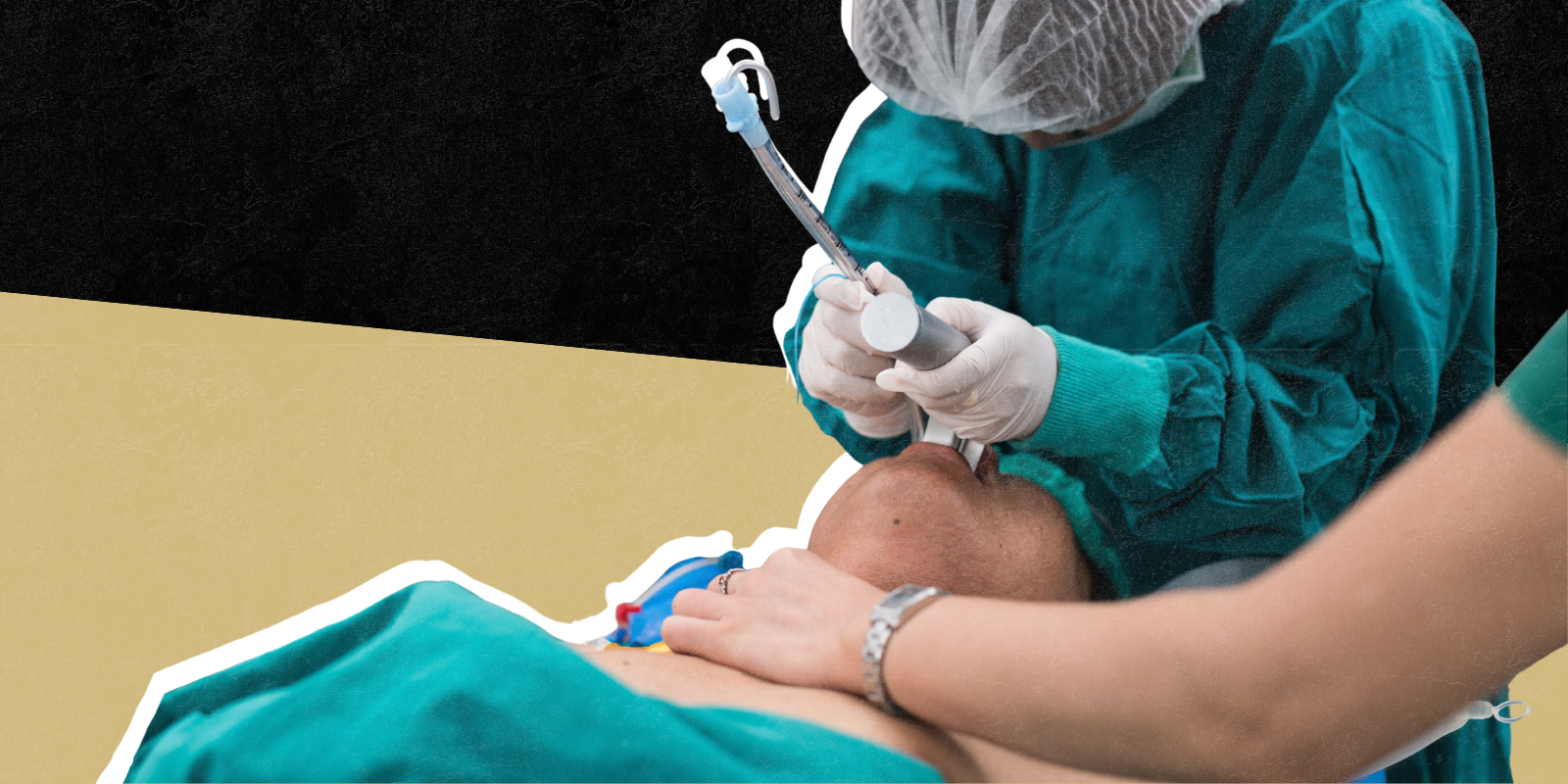In a first-of-its-kind study, a cohort of researchers, led by the University of Colorado Anschutz Medical Campus, evaluated the effects of state-level insulin out-of-pocket costs across states and payers and over time. The team found that state-level caps on insulin out-of-pocket costs do not significantly increase insulin claims for patients with Type 1 or patients using insulin to manage Type 2 diabetes. Study results could help inform policies aimed at better delivering cost-capped insulin to patients struggling with insulin affordability.
Approximately one-quarter of patients who use insulin to manage diabetes have reported underuse due to the burden of cost, an issue state-mandated caps sought to alleviate. The study, published today in Health Affairs, evaluated the effectiveness with which these caps make insulin available to patients who rely on insulin to manage diabetes.
“What we found was that these caps do not lead to a meaningful increase in insulin use. This is due, in part, to the focus of these caps on patients with commercial insurance coverage subject to state-level oversight,” says Kelly E. Anderson, PhD, MPP, assistant professor at the University of Colorado Skaggs School of Pharmacy and Pharmaceutical Sciences and study lead author. “The majority of patients subject to the caps were already paying out-of-pocket costs lower than cap amounts even prior to cap implementation.”
Researchers used a difference-in-differences design to evaluate out-of-pocket costs and insulin use for more than 33,000 Type 1 or insulin-using Type 2 diabetes patients enrolled in commercial insurance plans in states that both did and did not have out-of-pocket cap plans in place. Not only did results indicate that these caps did not increase insulin utilization over time, but even the most generous caps ($25 - $35) were not effectively being utilized, in part because most commercial enrollees were paying out-of-pocket costs below the mandated caps.
Anderson says these study results can be helpful in informing more effective policies. “As the current administration is proposing to expand commercial out-of-market caps nationwide, it would be beneficial to better assess which populations are struggling the most with insulin affordability,” Anderson says. “The administration has capped insulin out-of-pocket costs for Medicare beneficiaries. Focusing additional caps on patients who are struggling with insulin affordability, such as the uninsured or those in high-deductible health plans, may be more beneficial than a nationwide cap for all commercial enrollees.
“Additionally, expanding cap policies to include additional classes of medications that are often more expensive, such as GLP-1s and SGLT-2s, could help improve affordability for additional patients. While a majority of Type 1 diabetes patients use insulin to manage blood sugar, only 20-30% of Type 2 diabetes patients do, and considering other management tools could significantly increase patients served by these policies.”
.png)
.png)
.png)

